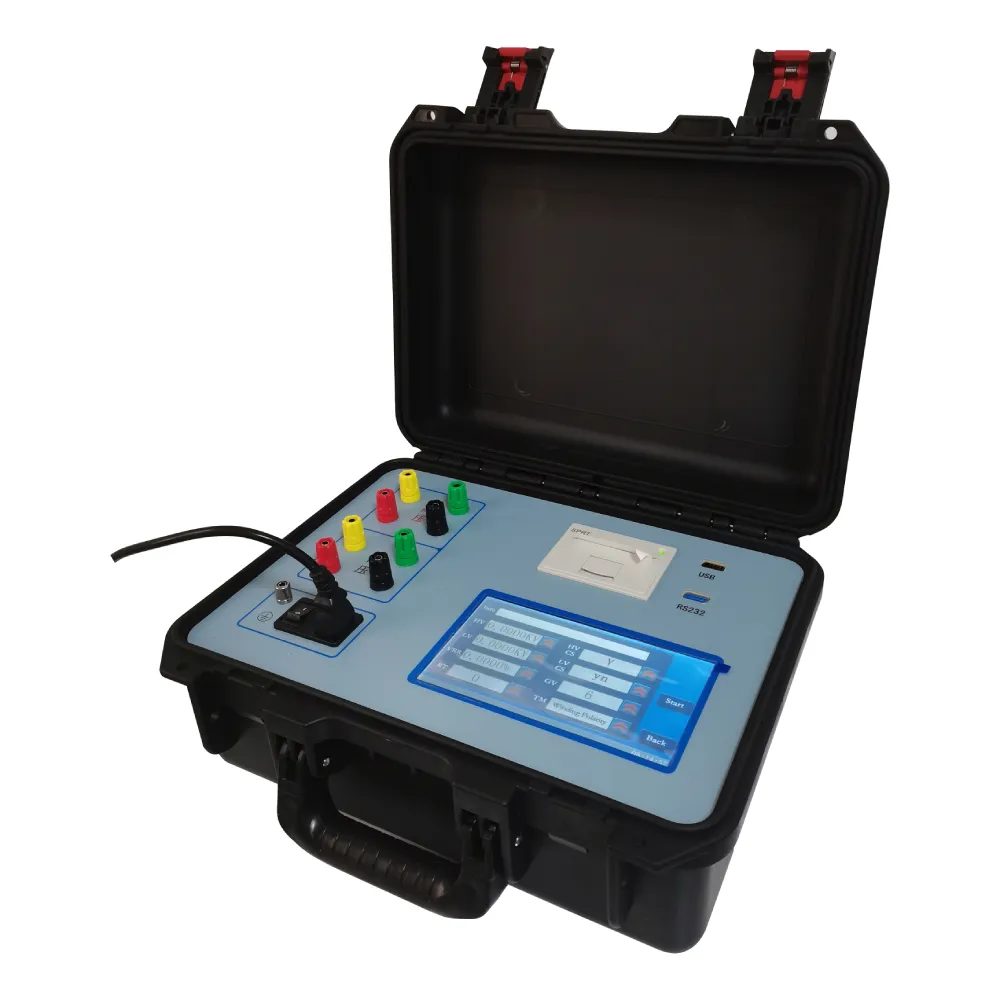 English
English



-
 Afrikaans
Afrikaans -
 Albanian
Albanian -
 Amharic
Amharic -
 Arabic
Arabic -
 Armenian
Armenian -
 Azerbaijani
Azerbaijani -
 Basque
Basque -
 Belarusian
Belarusian -
 Bengali
Bengali -
 Bosnian
Bosnian -
 Bulgarian
Bulgarian -
 Catalan
Catalan -
 Cebuano
Cebuano -
 China
China -
 China (Taiwan)
China (Taiwan) -
 Corsican
Corsican -
 Croatian
Croatian -
 Czech
Czech -
 Danish
Danish -
 Dutch
Dutch -
 English
English -
 Esperanto
Esperanto -
 Estonian
Estonian -
 Finnish
Finnish -
 French
French -
 Frisian
Frisian -
 Galician
Galician -
 Georgian
Georgian -
 German
German -
 Greek
Greek -
 Gujarati
Gujarati -
 Haitian Creole
Haitian Creole -
 hausa
hausa -
 hawaiian
hawaiian -
 Hebrew
Hebrew -
 Hindi
Hindi -
 Miao
Miao -
 Hungarian
Hungarian -
 Icelandic
Icelandic -
 igbo
igbo -
 Indonesian
Indonesian -
 irish
irish -
 Italian
Italian -
 Japanese
Japanese -
 Javanese
Javanese -
 Kannada
Kannada -
 kazakh
kazakh -
 Khmer
Khmer -
 Rwandese
Rwandese -
 Korean
Korean -
 Kurdish
Kurdish -
 Kyrgyz
Kyrgyz -
 Lao
Lao -
 Latin
Latin -
 Latvian
Latvian -
 Lithuanian
Lithuanian -
 Luxembourgish
Luxembourgish -
 Macedonian
Macedonian -
 Malgashi
Malgashi -
 Malay
Malay -
 Malayalam
Malayalam -
 Maltese
Maltese -
 Maori
Maori -
 Marathi
Marathi -
 Mongolian
Mongolian -
 Myanmar
Myanmar -
 Nepali
Nepali -
 Norwegian
Norwegian -
 Norwegian
Norwegian -
 Occitan
Occitan -
 Pashto
Pashto -
 Persian
Persian -
 Polish
Polish -
 Portuguese
Portuguese -
 Punjabi
Punjabi -
 Romanian
Romanian -
 Russian
Russian -
 Samoan
Samoan -
 Scottish Gaelic
Scottish Gaelic -
 Serbian
Serbian -
 Sesotho
Sesotho -
 Shona
Shona -
 Sindhi
Sindhi -
 Sinhala
Sinhala -
 Slovak
Slovak -
 Slovenian
Slovenian -
 Somali
Somali -
 Spanish
Spanish -
 Sundanese
Sundanese -
 Swahili
Swahili -
 Swedish
Swedish -
 Tagalog
Tagalog -
 Tajik
Tajik -
 Tamil
Tamil -
 Tatar
Tatar -
 Telugu
Telugu -
 Thai
Thai -
 Turkish
Turkish -
 Turkmen
Turkmen -
 Ukrainian
Ukrainian -
 Urdu
Urdu -
 Uighur
Uighur -
 Uzbek
Uzbek -
 Vietnamese
Vietnamese -
 Welsh
Welsh -
 Bantu
Bantu -
 Yiddish
Yiddish -
 Yoruba
Yoruba -
 Zulu
Zulu
Load Testing a Single Phase Transformer in a Virtual Laboratory Environment
Load Test on Single Phase Transformer A Virtual Lab Exploration
The advent of technology has revolutionized the way we conduct experiments and learn about complex electrical concepts. One such innovation is the virtual laboratory, which offers a simulated environment for conducting experiments that would be impractical or unsafe in a traditional laboratory setting. Among various electrical devices, the single-phase transformer holds significant importance in both practical and theoretical applications. This article explores the methodology and insights gained from conducting a load test on a single-phase transformer in a virtual lab.
A transformer is an electrical device that transfers electrical energy between two or more circuits through electromagnetic induction. Single-phase transformers are widely used in residential and light-commercial applications, making understanding their performance under varying loads crucial. The load test is essential for determining the efficiency, voltage regulation, and overall performance of the transformer.
In a virtual lab scenario, users can manipulate various parameters of the transformer setup without the risks associated with real equipment. The first step involves setting up the transformer model, which includes specifying the turns ratio, primary and secondary voltages, and the rated capacity of the transformer. Users can then simulate the primary side being connected to an AC power source, while the secondary side is loaded with resistive, inductive, or capacitive loads.
The load testing starts with a no-load condition, where the primary side is energized with the rated voltage, but no load is connected to the secondary. This condition allows for the measurement of the no-load current and voltage. In a virtual environment, users can visualize various parameters such as core losses, magnetizing current, and the input power, which helps in understanding the transformer’s behavior under no-load conditions.
load test on single phase transformer virtual lab

Next, the experiment progresses to full-load conditions. By incrementally applying load to the secondary side, users can observe changes in secondary voltage, current, and power factor. The virtual lab environment tracks these variations in real-time, providing immediate feedback. This stage of the test is vital for determining voltage regulation, which is the ability of the transformer to maintain constant voltage levels despite variations in load.
In conducting the load test, it is crucial to analyze the efficiency of the transformer. This is typically calculated by comparing the input and output power. In a virtual lab, users can easily record these values, even as they change with different loading scenarios. The simulated environment allows for the exploration of both ideal and non-ideal conditions, fostering a deeper understanding of real-world transformer behavior.
Furthermore, the virtual lab can simulate fault conditions, such as short circuits or overloads, without any risk of damaging real equipment. This feature enables learners to comprehend the importance of protection mechanisms and safety protocols in electrical engineering. Studies on performance degradation under different loads can also be conducted, helping students and professionals alike understand the long-term impacts of operational stress on transformers.
The virtual lab not only enhances the understanding of load testing in single-phase transformers but also provides an interactive platform for experimentation and learning. It encourages students to engage with the material actively, fostering problem-solving skills and critical thinking.
In conclusion, conducting a load test on a single-phase transformer through a virtual lab offers a unique opportunity to grasp the complexities of transformer operation and performance without the constraints of physical limitations. As technology continues to evolve, the integration of virtual laboratories in education promises to enrich learning experiences, enabling future engineers to develop a robust understanding of essential electrical concepts.
-
Testing Equipment Industry Sees Major Advancements in 2025: Smart & Precision Technologies Lead the WayNewsJun.06,2025
-
Applications of Direct Current Generators in Renewable Energy SystemsNewsJun.05,2025
-
Hipot Tester Calibration and Accuracy GuidelinesNewsJun.05,2025
-
Digital Circuit Breaker Analyzer Features and BenefitsNewsJun.05,2025
-
Benefits of Real-Time Power Quality Monitoring Devices for Industrial EfficiencyNewsJun.05,2025
-
Earth Fault Loop Testing in High-Rise Building Electrical SystemsNewsJun.05,2025



